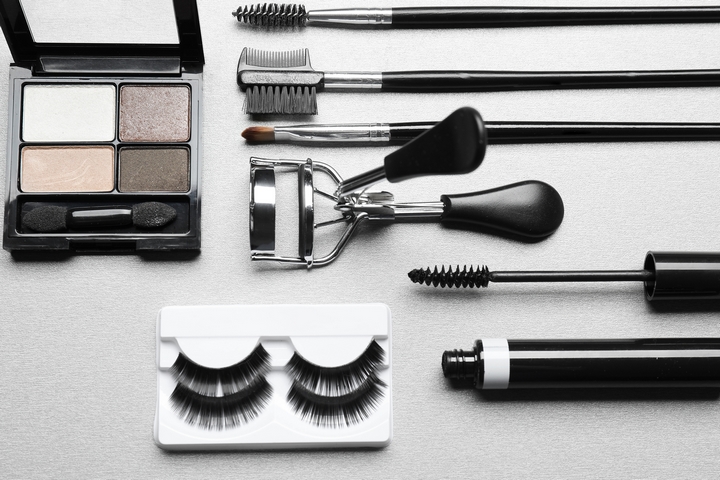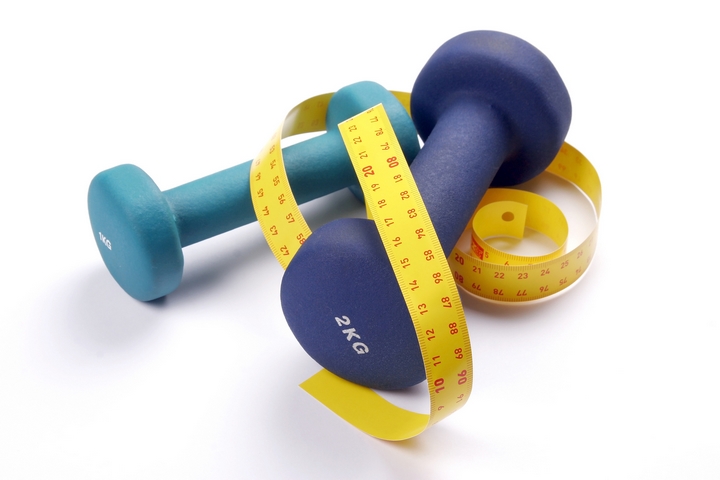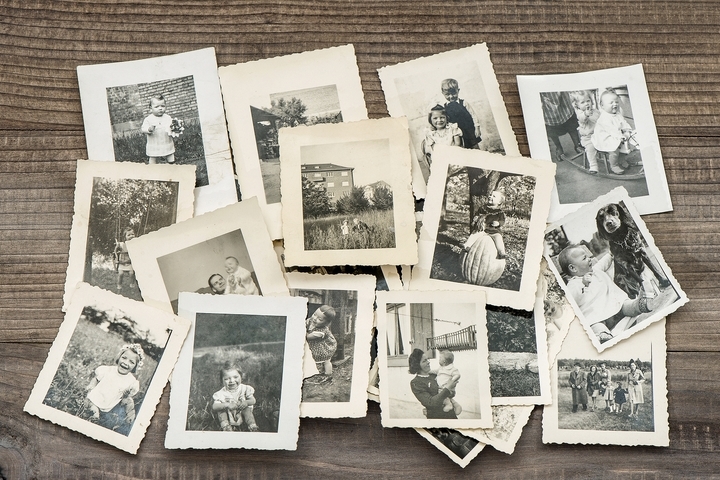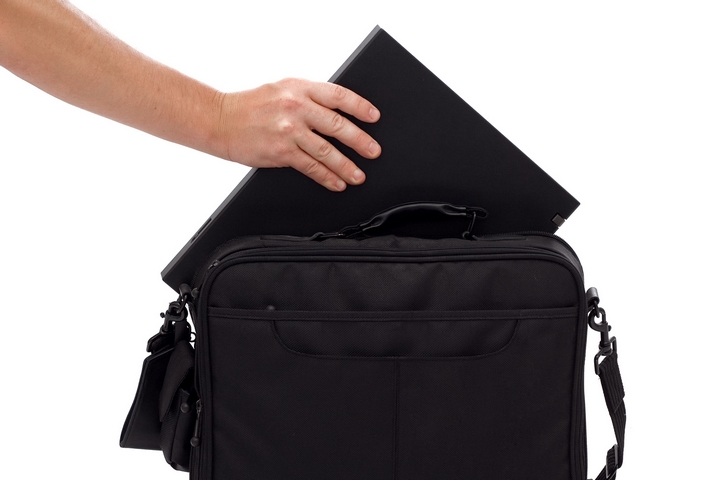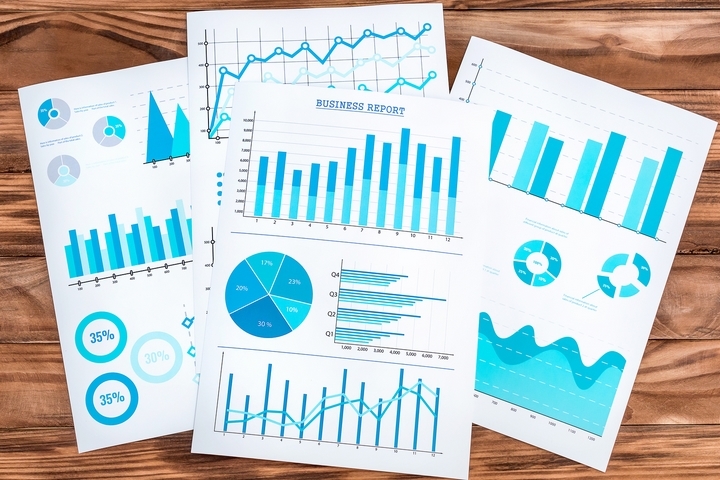
When you have plumbing problems, chances are that you’ll call a licensed plumber to come help you. If you’re able to do small repairs for yourself, that’s great. Here’s a tip: when the plumber is there, have a look or ask what’s in their tool kit so you know what you might need to buy to put in your own tool box for future fixes. The following list will discuss the most common plumber’s tools.
1. Files
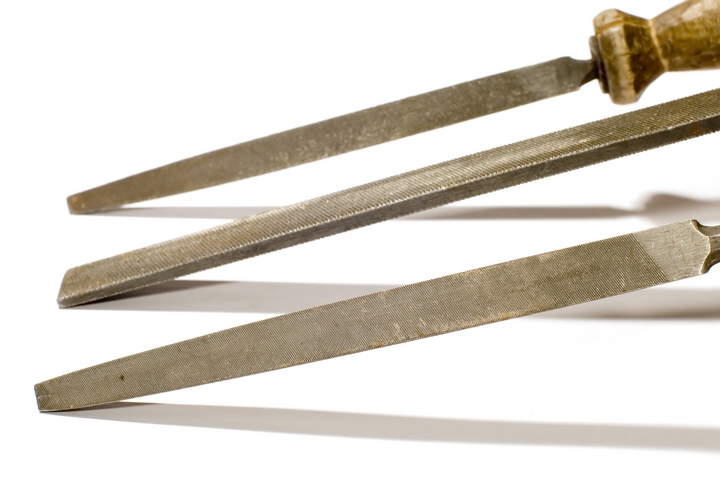
Files come in many different shapes and sizes but their purpose is the same: to smooth and shape metal. You can get files in many shapes: flat, triangle, round, half-round, square, and needle. Only use files that have wooden or plastic handles so you don’t hurt your hand on bare metal.
2. Pliers

Pliers give you the ability to grab and move small objects and to shape and bend wires and small rods. Tongue-in-groove and needle-nose are the most common ones found in plumbers’ tool kits. Tongue-in-groove pliers can adjust to fit many different sizes. Slide its jaw and lock it into place. These are versatile and very handy.
Needle-nose pliers grip and cut small tubing. The pointed and narrow tips get into difficult places so they’re also very useful to have in your tool box.
3. Plumber’s Putty or Caulk

Caulk is an effective and simple water-proofing tool. You can use it to stabilize a toilet by applying caulking to its base. You can use it as a sealing agent around sinks, toilets, showers, bathtubs and drains to stop water from getting through any gabs. You can also use it to help a vanity adhere to the wall.
4. Hacksaw

A hacksaw can cut through screws, bolts, nuts, PVC pipes, and wood. There are different sizes of hacksaws available, but most plumbers carry a small and large hacksaw in order to assist with different repairs.
5. Flashlight
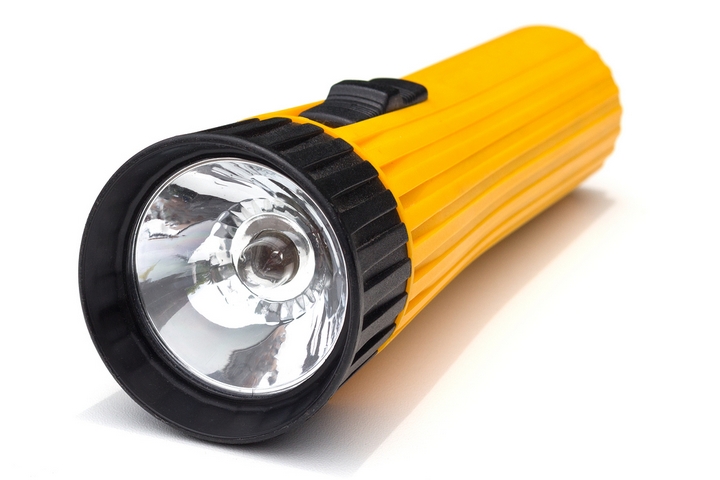
Plumbers often have to make fixes in dimly lit or pitch-black areas. Use a flashlight to light up pipes in basements and under kitchen sinks.
6. Wrenches

Plumbers use a lot of different wrenches; Allen, socket tube, radiator, open-end, box-end, and strap wrenches are just a few. Most plumbers will typically have adjustable, basin, and pipe wrenches as their go-to tools.
7. Plunger

The lowly plunger is the most basic of tools, and one most plumbers will go to first to try to remove stubborn clogs in both toilets and sinks/tubs. Why reach for a complicated tool when there is a plunger available?
8. Spray Bottle

This might seem like the odd man out, but a spray bottle can help you locate a leak. Put water and some dish soap into a spray bottle, and spray it along a pipe where you suspect are leaks. Cover the pipe in the soap/water mixture, and turn on the water. Any leaking water will interact with the soap and make bubbles form. Where you see bubbles, you’ll know there is a leak.
9. Tape Measure

Like any other trade, plumbers use tape measures to always measure before they cut, modify, or install anything.
10. Hand Auger
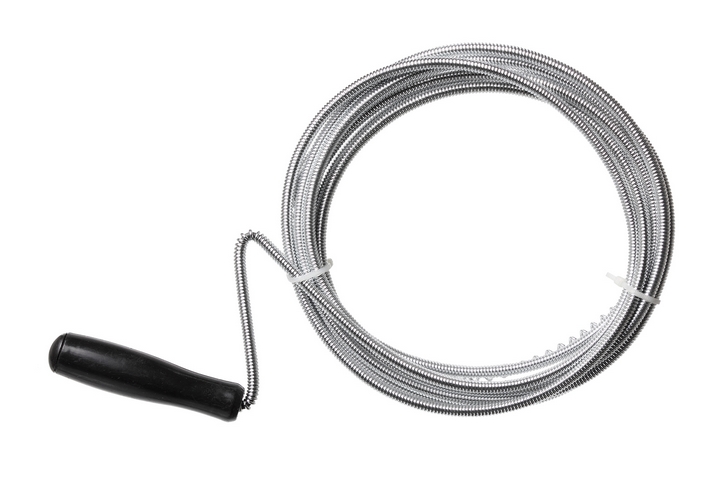
Also known as a plumber’s snake, a hand auger is a long, coiled metal cable that is used to unclog plumbing, typically used after a plunger fails.
11. Eye Protection and Safety Gloves

Plumbers need to protect their skin and eyes from germs, chemicals, and other contaminants while they work. Typically they will also wear steel-toed shoes and when necessary, ear protection.





